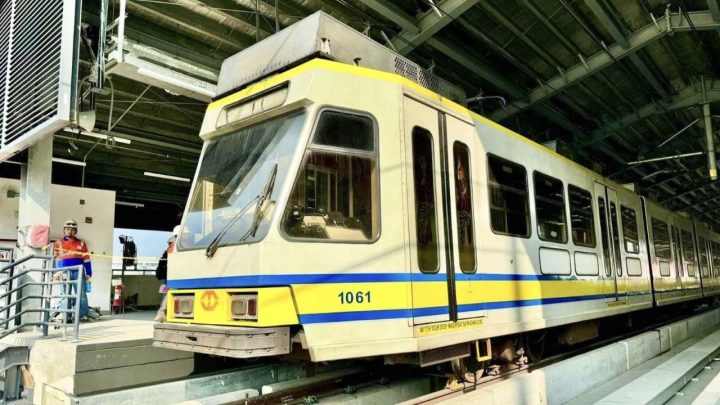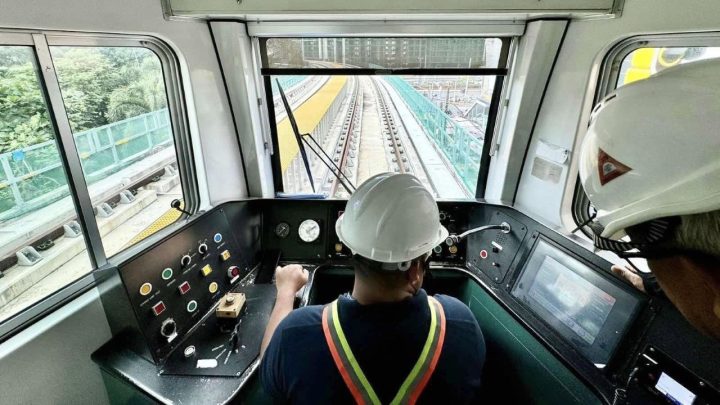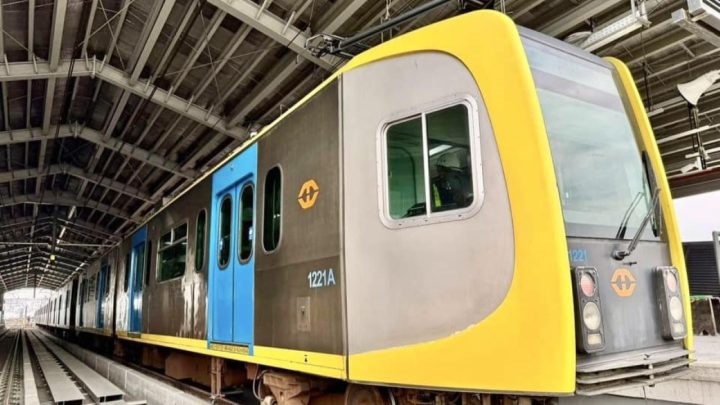
Traveling between Baclaran and Bacoor is going to be a lot faster, and soon! The LRT-1 Cavite Extension Project is making good progress and at the turn of the new year, all the trains that will be used have either completed test runs or are in the process of. Once this segment opens, Paranaque and Cavite will be brought closer, and with quick travel times to boot.
LRT-1 Cavite Extension progress is going full speed ahead

Photo: Department of Transportation
At the close of December 2023, the Generation-2 trains of the LRT-1 Cavite Extension have completed their successful test runs. As we speak, the Generation-1 and Generation-3 trains are already undergoing the same, stringent tests and test runs to ensure that they will be operating as flawlessly as possible once the new segment of LRT Line 1 opens.
These tests are vital before the segment is even considered for opening, and they entail checks on the trains’ compatibility with the new tracks and overhead catenary system, as well as testing various speed, acceleration, and braking performance, enables to ensure the safe, smooth and seamless train ride of passengers.

Photo: Department of Transportation
Once the LRT-1 Cavite Extension opens, it will increase passenger capacity to 800,000 from 500,000, a good 30% increase and better news who may need to travel this route. Even better is that it is expected to cut travel time between Baclaran, Paranaque, and Bacoor, Cavite to only 25 minutes. From what’s currently a 1 hour and 10 minute travel time, that is significantly faster, barring any train problems, of course. But that’s what the aforementioned testing and test runs are for.

Photo: Department of Transportation
A joint venture of the Department of Transportation (DOTr), the Light Rail Transit Authority (LRTA), and the Light Rail Manila Corporation (LRMC), the LRT-1 Cavite Extension Project spans a length of 11.7 kilometers with 8 new stations in between.
With more citizens clamoring for effective, easy, and convenient forms of alternative, public transportation, it’s projects such as this that need to be backed, pushed, and fully supported for the commuters’ sake. Traveling inside and outside of Metro Manila has become pretty bad, and if railway projects eventually prove to be the best alternative, then by all means, perhaps more should be built.


